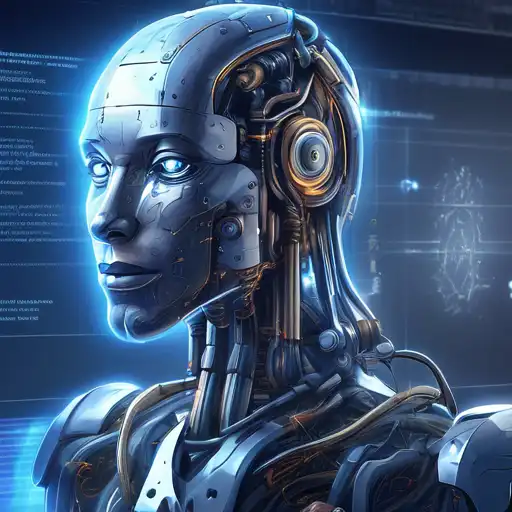Introduction to AI Myths
Artificial Intelligence (AI) is a rapidly evolving field that has captured the imagination of many. However, with its growth, numerous myths and misconceptions have emerged, especially among beginners. This article aims to debunk some of the most common AI myths, providing a clearer understanding of what AI truly is and isn't.
Myth 1: AI Can Think and Feel Like Humans
One of the most pervasive myths is that AI possesses consciousness or emotions akin to humans. In reality, AI operates based on algorithms and data inputs. It doesn't have consciousness, feelings, or desires. AI can mimic certain aspects of human behavior, but this is not equivalent to actual thought or emotion.
Myth 2: AI Will Replace All Human Jobs
While AI is transforming the job market, the idea that it will replace all human jobs is an exaggeration. AI is more likely to automate repetitive and mundane tasks, allowing humans to focus on creative and strategic roles. The future of work with AI is about collaboration, not replacement.
Myth 3: AI Is Infallible
AI systems are only as good as the data they're trained on. They can make mistakes, especially if the training data is biased or incomplete. Understanding the limitations of AI is crucial for its effective and ethical use.
Myth 4: AI Development Is Only for Tech Giants
Many believe that AI development is the exclusive domain of large tech companies. However, the democratization of AI tools and resources has made it accessible to startups, small businesses, and even individuals. There are numerous resources for learning AI available online for those interested in exploring this field.
Conclusion
Debunking these myths is essential for fostering a realistic understanding of AI's capabilities and limitations. By approaching AI with a critical and informed perspective, beginners can better appreciate its potential and contribute to its responsible development. For more insights into AI, check out our latest articles on AI advancements.
